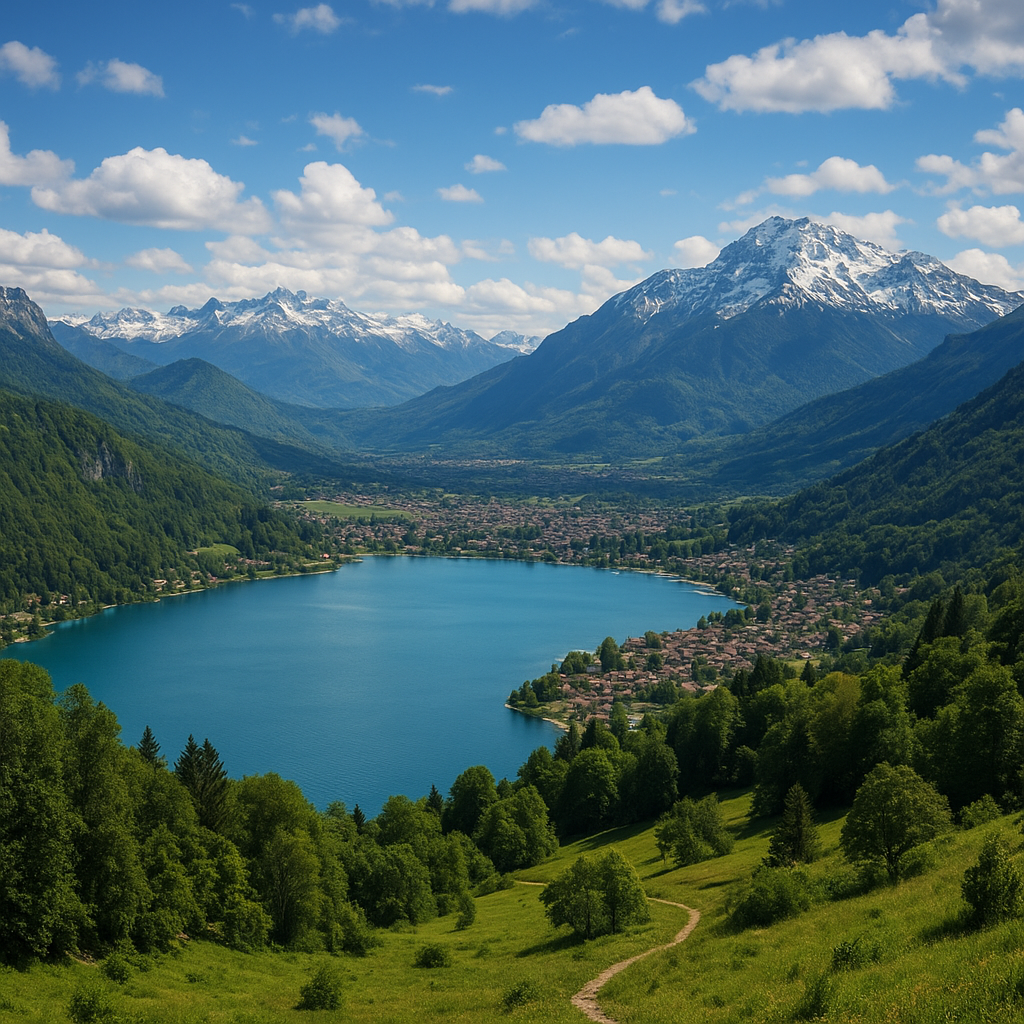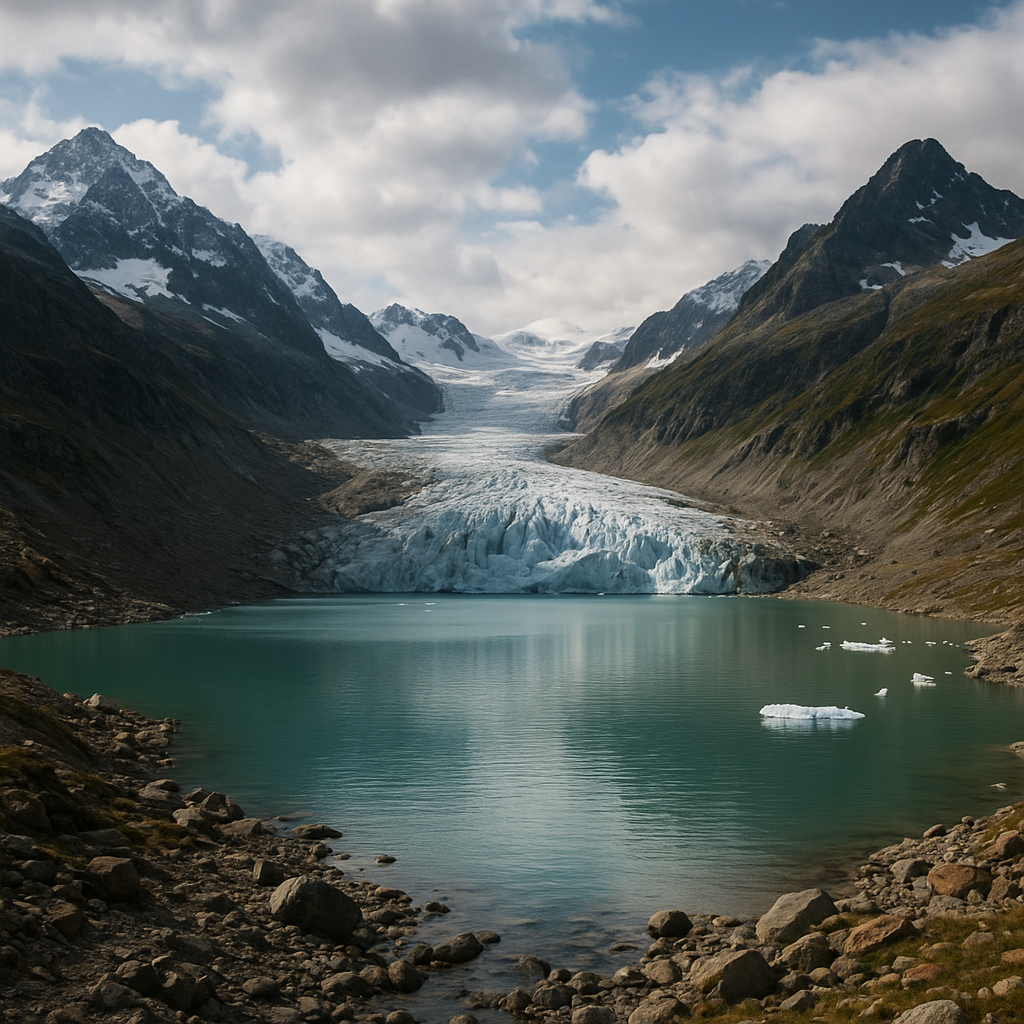
Embarking on a journey through the majestic Alps by campervan offers an unforgettable blend of freedom, breathtaking vistas, and immersive cultural experiences. This guide provides all the essentials you need, from planning your route to discovering hidden alpine gems, ensuring your trip is both exciting and comfortable.
Planning Your Ultimate Alpine Itinerary
Successful campervan adventures begin with a well-thought-out itinerary. The Alps span across eight countries, each offering unique landscapes and attractions. When drafting your route, consider starting in France’s Chamonix valley before looping through Switzerland’s Engadin region, northern Italy’s Dolomites, Austria’s Tyrol, and Slovenia’s Julian Alps.
Key Considerations
- Seasonality: Winter sports enthusiasts will thrive on powder-filled slopes, while summer travelers can tackle hiking trails and alpine passes.
- Pass Permits: Several high-altitude roads, like France’s Col de l’Iseran or Italy’s Stelvio Pass, may require tolls or special permits.
- Distances: Alpine roads can be narrow and winding. Plan realistic daily driving distances to maximize enjoyment and minimize fatigue.
Selecting the Perfect Campervan
Your choice of vehicle can make or break your mountain adventure. Consider size, amenities, and off-road capabilities to match your travel style.
Types of Campervans
- Compact Vans: Ideal for couples or solo travelers seeking easy maneuverability on narrow passes.
- Class B Motorhomes: Offer a balance of comfort and drivability, often equipped with small kitchens and bathrooms.
- Class C Motorhomes: Provide ample living space for families, though bulkier on winding alpine roads.
Essential Features
- All-Wheel Drive: Crucial for tackling steep inclines and unpredictable weather conditions.
- Heating Systems: Keeps the interior cozy during chilly mountain nights.
- Solar Panels: Extend your off-grid range and reduce reliance on campground electricity.
Essential Gear and Safety Measures
Traveling in high-altitude regions demands preparation. Prioritize safety and pack gear that enhances comfort and readiness for changing conditions.
Must-Have Equipment
- High-quality sleeping bags rated for sub-zero temperatures.
- Portable stoves and compact cookware for hot meals on the road.
- First-aid kits with altitude sickness remedies and emergency supplies.
- Weather-resistant clothing layers and sturdy hiking boots.
Safety Tips
- Monitor weather forecasts regularly; mountain weather can shift rapidly.
- Carry emergency contact information for alpine rescue services.
- Inform local ranger stations of your planned routes when venturing off-grid.
Discovering Scenic Alpine Destinations
The Alps boast countless scenic spots, from emerald lakes to soaring peaks. Below are some top picks:
French Alps Highlights
- Mer de Glace: Europe’s largest glacier, accessible by the historic Montenvers train.
- Lac d’Annecy: Crystal-clear waters surrounded by medieval villages and lush forests.
Swiss Alpine Wonders
- Zermatt and the Matterhorn: Iconic pyramidal peak with world-class hiking and skiing.
- Engadin Valley: Serene lakes and traditional chalets in a high-altitude plateau.
Italian Dolomites
- Tre Cime di Lavaredo: Dramatic rock formations popular for sunrise photography.
- Lago di Braies: A turquoise lake ringed by verdant forests and jagged cliffs.
Choosing Campsites and Overnight Spots
Finding the right campsite enhances your connection to nature while ensuring necessary amenities. The Alps offer a variety of options:
Wild Camping vs. Designated Sites
- Wild Camping: Permitted in some regions with strict regulations; always practice Leave No Trace.
- Official Campgrounds: Provide hookups, shower facilities, and convenience stores.
Top Campsite Recommendations
- Camping Vieux Moulin, France: Nestled beside a gentle river, ideal for families and solitude seekers.
- Camping Rütli, Switzerland: Overlooks Lake Lucerne with panoramic mountain views.
- Camping Olympia, Italy: Set in Cortina d’Ampezzo, perfect for exploring the heart of the Dolomites.
Immersing in Alpine Culture and Cuisine
To truly appreciate the Alps, dive into local culture and indulge in regional cuisine. Each area showcases unique traditions and flavors:
Traditional Festivals
- Swiss Horn Music Gatherings: Communal performances echoing across valleys.
- Austrian Almabtrieb: Colorful cattle parades marking the end of summer grazing.
Must-Try Alpine Dishes
- Fondue and Raclette (Switzerland): Melted cheese classics served with bread and pickles.
- Polenta and Speck (Italy): Hearty cornmeal paired with cured mountain ham.
- Kaiserschmarrn (Austria): Fluffy shredded pancake dusted with powdered sugar and served with fruit compote.
Embracing Sustainability and Responsible Travel
Preserving the pristine mountain environment is vital. Adopt sustainable practices to minimize impact and support local communities:
- Use refillable water containers to reduce plastic waste.
- Shop at local markets for organic produce and artisanal goods.
- Respect wildlife and maintain a safe distance from animals in their habitat.
- Stay informed about regional conservation initiatives and contribute when possible.
Embarking on a campervan expedition through the Alps promises freedom, adventure, and lifelong memories. With careful planning, the right gear, and a spirit of respect for nature and culture, your alpine odyssey will be both exhilarating and enriching. safe travels!

